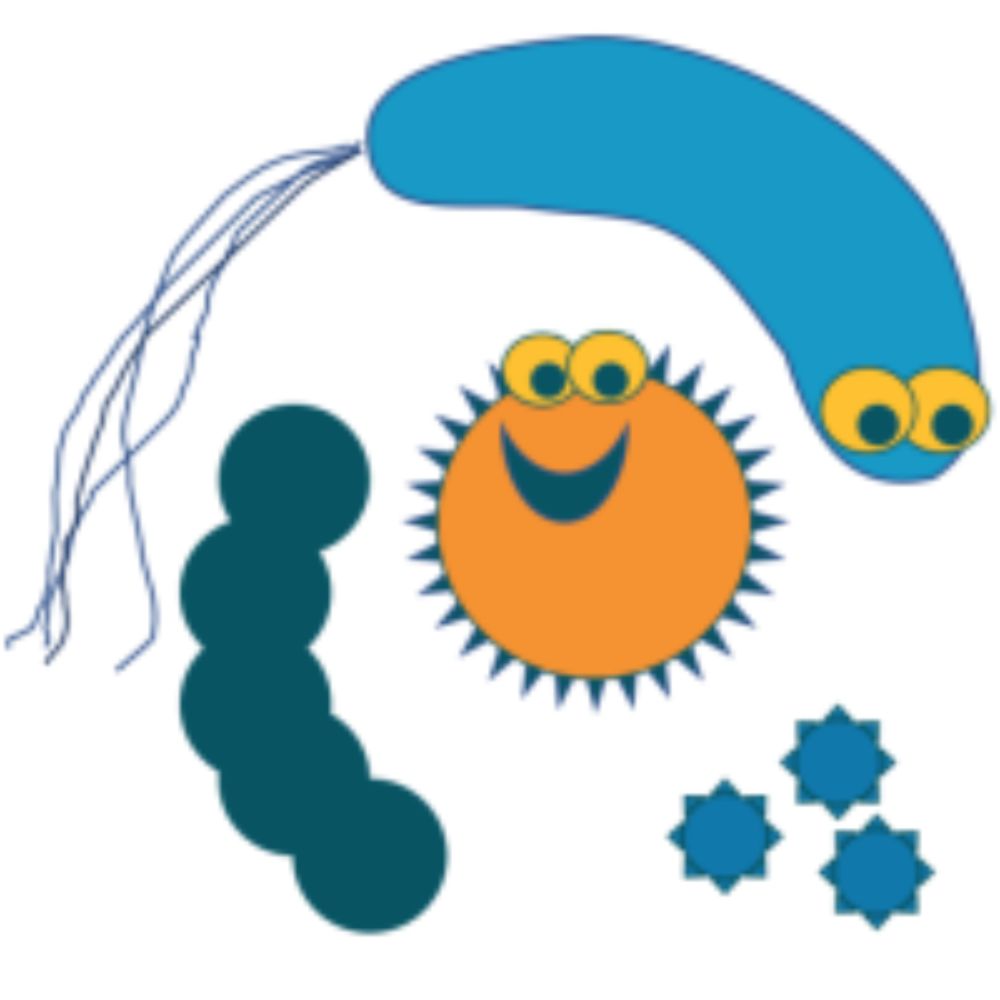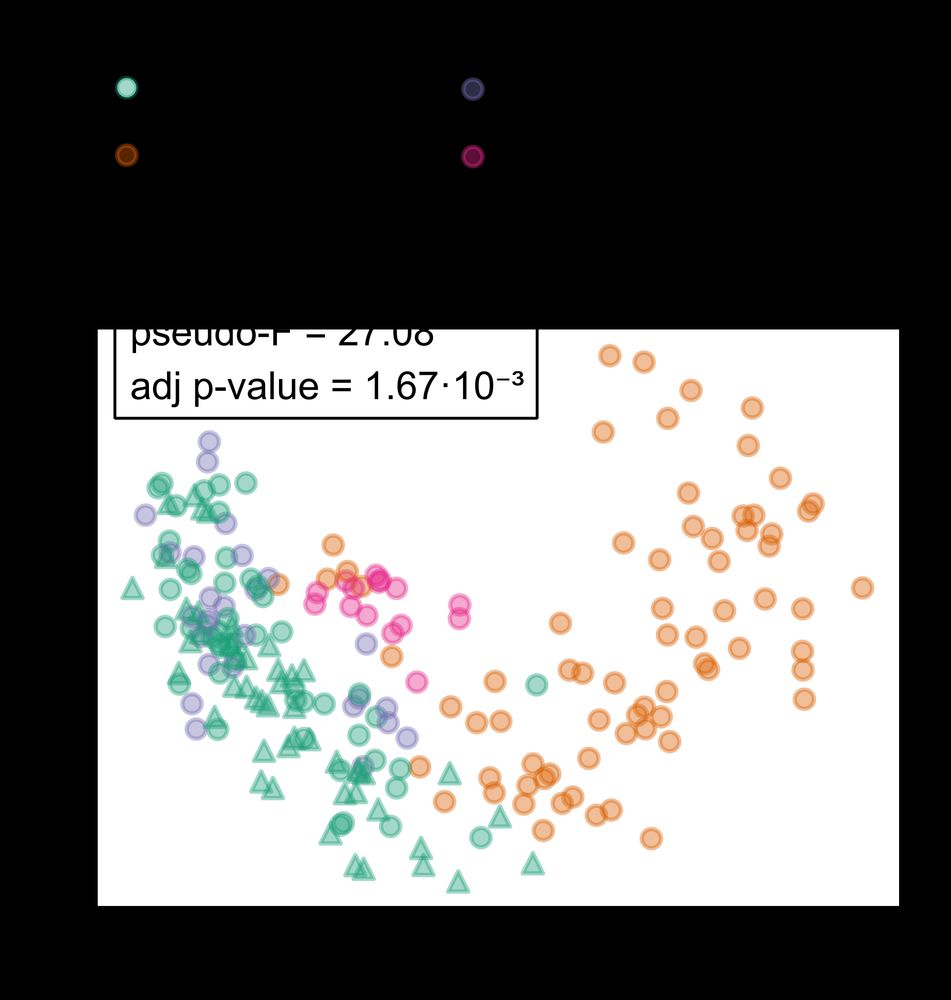Anna Cusco
@annacusco.bsky.social
740 followers
790 following
22 posts
Microbiome scientist | Metagenomics | Long-read sequencing
Postdoc at Big Data Biology Lab
Posts
Media
Videos
Starter Packs
Reposted by Anna Cusco
Reposted by Anna Cusco
Reposted by Anna Cusco





















